Every Difficulty In Civ 7 Explained
Civilization 7has six different difficulties to choose from, but the game is not very forthcoming about what each of them means. Whereas a game like Marvel’s Spider-Man 2 shows a handy graph while choosing between difficulties, Civ 7 doesn’t give so much as a word of how its difficulty settings differ from one another when setting up a game. This level of obscurity can make it difficult for new players to decide which of the game’s difficulty settings is right for them.
Civ 7 has made some significant changes to previous Civ titles, one of which is a focus on making it harder for games to get away from the player. In the past, snowballing was a major issue for Civilization, something that Civ 7’s new Age mechanics can help address. However, this doesn’t mean that Civ 7 is easy, especially when it comes to the game’s higher difficulty settings. Players who want to win on Immortal or Deity mode will need to have a solid strategy if they want to complete Civ 7’s Legacy Paths before the bots.
How Difficulty Works In Civ 7
Higher Difficulties Provide Bonuses To NPCs
Difficulty in Civ 7 works by giving NPC civilizations debuffs or bonuses in the many different aspects of the game, such as production speed, combat strength, and resources. The game’s lowest difficulty, Scribe, gives NPC civilizations a bit of a penalty across the board, giving the player a built-in advantage. Governor offers no bonuses or penalties, whereas every difficulty level after that gives some bonuses to NPC civilizations. YouTuber TheCivShow did the hard work of looking through game files to find the exact numbers for these bonuses for anyone who wants to see graphs of the differences.
What’s important to understand about Civ 7’s difficulty settings is that the AI isn’t necessarily any more complex or strategic at the different levels. Instead, they are given a statistical advantage over the player in pretty much every aspect of the game. This means that Governor is the only difficulty level where all civilizations are operating on an even playing field. It requires a pretty strong understanding of Civ 7’s mechanics and strategies to overcome playing at a concrete disadvantage. Playing at each difficulty level also offers a significantly different experience.
What Playing Each Difficulty Is Like
Challenges For Every Skill Level
The experiences here are based on gameplay using the same Civ 7 leader (Himiko, High Shaman) with the same civilization (Greece), with turn-by-turn decisions staying as consistent as possible for the first 25 turns, though decisions naturally had to start diverging at some point. There was also an effort made to restart games to get as close to a similar starting position each time as possible. While it’s impossible to fully control all variables other than difficulty in a Civ 7 game, this should still be a good representation of the differences between each difficulty level.
Scribe
Getting set up in a Scribe game is relatively easy. Fending off outside attackers is simple, thanks to the combat strength penalty levied against NPCs in this difficulty. The advantages on Production make it easy to drop new Settlements more quickly than other civilizations, and it is easy to establish a major advantage in Culture over the NPCs.
After playing a bit on Scribe, the impression it left was that it would likely be too easy for anyone with a lot of Civilization experience. New players trying to learn the game might want to check out this difficulty, as it’s a good way to get a feel for the controls and basic strategies. The built-in advantage will even the playing field a bit, since the AI will know how to play better than someone just picking up the game.
Governor
While it was still possible to secure a slight advantage in a chosen resource (Culture) and stay even in most yields on Governor, it was easy to see the difference between NPCs with and without the Scribe penalty. Independent states were a bit more of an issue since they no longer suffered a combat debuff, but they still weren’t too difficult to deal with. For someone with Civilization experience, it would be safe to jump in at this level, even when trying to learn Civ 7’s new Victory Condition mechanics.
Viceroy
Viceroy is the first difficulty level where the AI bonuses are applied, and it is easy to tell. Although it was still possible to stay on par with or even surpass other civilizations’ yields in certain categories, it was easy to fall behind on anything that wasn’t explicitly focused on. Experienced Civ players will probably consider Viceroy to be the “normal” mode of the game. Even though AI players get a bit of a bonus here, it isn’t impossible to overcome. The bots may need the advantage just to compete against players who have logged a lot of hours on the franchise.
Sovereign
Sovereign is where the NPCs' bonuses started to really become clear. While it was still possible to keep up with some resources, it was difficult to stay even in all metrics. The combat strength bonus also became a lot more of an issue, requiring the production of a few more military units early on for defense. Notifications also came in pretty quickly that distant civilizations were decades ahead in technology as early as turn 20. Players will need to operate efficiently and have a strong strategy to succeed here.
Immortal And Deity
Although there is a marked increase in difficulty from Immortal to Deity, the play experience for both is punishing. Other civilizations will start to get ahead very quickly in the early game, as it’s difficult to keep up with their massive bonuses. It becomes all too possible to get locked into a small chunk of one’s starting continent and feel like it’s only a matter of time before one of the more advanced civilizations marches in and ends the game with their significant combat buff and ability to more quickly produce troops.
How To Know If A Civ 7 Difficulty Level Is Right For You
A Lack Of Progress Is The Best Sign That A Difficulty Is Too Hard
Civilization 7 games can be long, even at the quicker game speeds. The last thing anyone wants to do is waste an hour or so on a game just to find out it is essentially unwinnable for them. This means it can be helpful to know the signs of when a difficulty is right and when it might be time to try a different one.
Newer players are going to want to stick with the lower difficulties until they get the hang of Civilization 7’s mechanics. Even though it is slightly more streamlined than Civ 6, there are still a lot of moving parts players will need to understand in order to succeed. When trying out more difficult levels, players shouldn’t get immediately discouraged if they fall behind in the early game, as NPC bonuses make that inevitable. The real warning sign that a setting may be too hard is if it doesn’t feel like any progress is being made in closing the gap later on.
Source: TheCivShow/YouTube
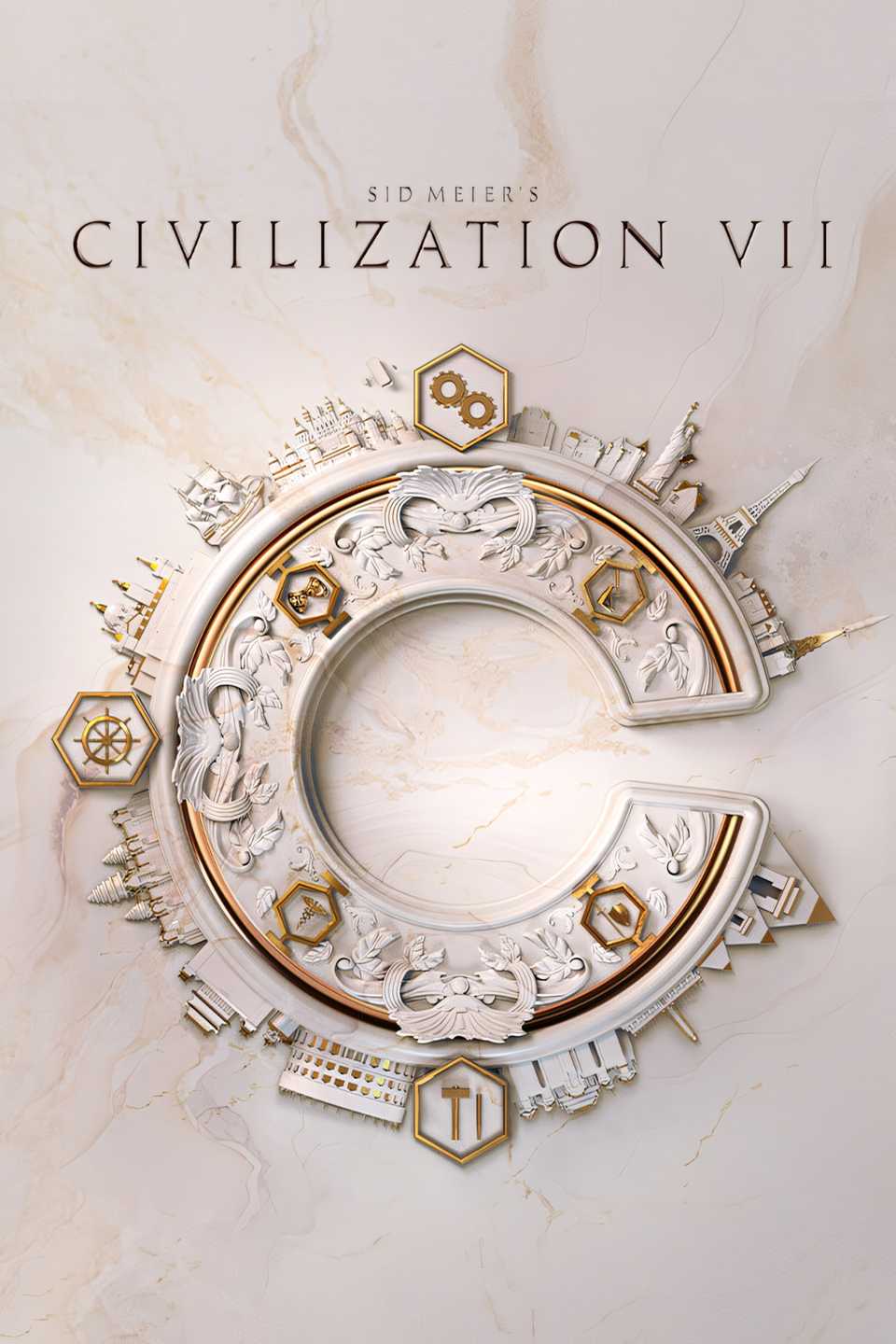

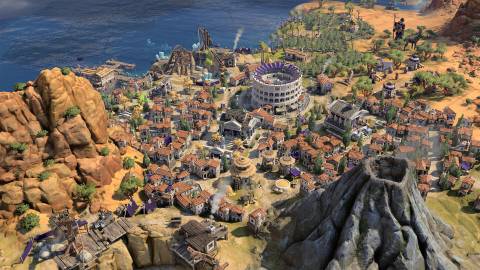
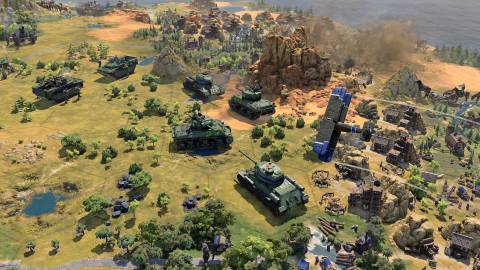
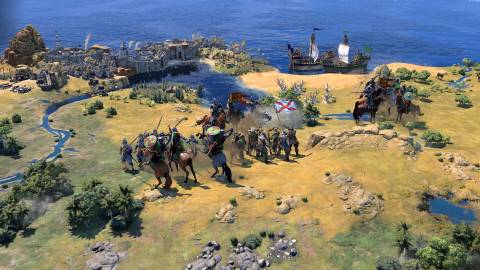
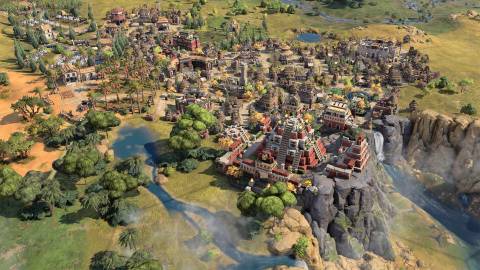

Sid Meier's Civilization VII
 OpenCritic Reviews
OpenCritic Reviews- Released
- February 11, 2025
- ESRB
- Everyone 10+ // Alcohol and Tobacco Reference, Mild Language, Mild Violence, Suggestive Themes
- Developer(s)
- Firaxis Games
- Publisher(s)
- 2K
- Engine
- Gamebryo Engine
- Multiplayer
- Online Multiplayer
- Franchise
- Sid Meier's Civilization
- Platform(s)
- PlayStation 5, PlayStation 4, Xbox Series X, Xbox Series S, Xbox One, Nintendo Switch 2, Nintendo Switch, PC











Your comment has not been saved